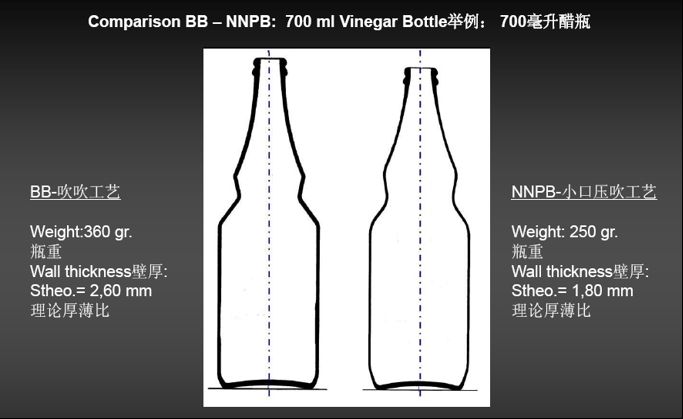Lightweight glass bottles and jars: strong benefits fueling sustainability
Lightweight glass bottles and jars: strong benefits fueling sustainability
As sustainability takes center stage, brands and consumers are gravitating toward packaging that balances performance, visual appeal, and environmental stewardship. Lightweight glass has emerged as a leading answer to this need. It delivers all the benefits of traditional glass — purity, recyclability, and a premium feel — while using less material, lowering emissions, and offering better cost efficiency.

What Is Lightweight Glass ?
Lightweight glass describes bottles, jars, and other containers engineered to use as little raw material as possible while still being strong, practical, and visually attractive. In other words, it’s packaging designed for material efficiency without sacrificing durability, function, or appearance.
Key Features:
- Lighter glass with no loss in durability - Smaller emissions throughout manufacturing and transport
- Fully recyclable and endlessly reusable
- Fits seamlessly with current filling, sealing, and distribution setups
Glass container producers can reduce wall thickness by as much as 30% while preserving the same level of quality and performance.
What brands are adopting lightweight glass as packaging?
More and more brands in beverages, beauty, pharma, and food are turning to lightweight glass. It offers a compelling mix of sustainability, high performance, and lower costs. In a crowded market, companies are under pressure to cut their environmental impact without sacrificing product quality or eroding consumer confidence. Lightweight glass meets that brief, delivering the familiar advantages of glass while using redesigned, resource-efficient formats.
What are the main benefits of lightweight glass packaging?
1. Reduced carbon emissions and environmental impact
Lightweight glass packaging meaningfully lowers life-cycle CO2 because it uses less raw material and each unit weighs less. From manufacturing through transport, the reduced weight cuts energy and fuel consumption, making it a major driver in shrinking the overall environmental footprint.
2. Lower material and freight expenses
A major reason for adoption is the strong economics. Lightweight glass uses fewer inputs to make each container, reducing per?unit manufacturing costs. Its reduced mass also lowers transport and logistics expenses. Companies save significantly without sacrificing packaging quality.
3. Streamlined Handling, Logistics, and Performance
Using smaller containers makes them simpler to lift, roll, and transport throughout the supply chain. That reduces worker strain, boosts safety, and lowers the risk of damage. Lightweight glass formats also improve efficiency in warehouses and are easier for consumers to use and carry.
4. Safeguarding Product Quality and Safety
Even at reduced weight, glass remains tough and offers excellent barrier performance. It keeps contents protected, fresh, and secure, making it a strong fit for beverages, cosmetics, and pharmaceutical products. The mass goes down, but quality does not — one of its standout advantages.
5. Regulatory Compliance and Brand Lift
As sustainability rules tighten and shoppers favor greener packaging, lightweight glass offers a clear solution. It helps businesses meet evolving packaging requirements while strengthening brand perception through a visible commitment to the environment. By adopting lighter glass, companies can position themselves as sustainability front-runners without sacrificing a premium look and feel.
The Future of Lightweight Glass Packaging
Worldwide, the packaging landscape is in swift transition, and lightweight glass has emerged as a sustainability linchpin driven by innovation.
- Growth outlook: The lightweight glass packaging segment is projected to expand at roughly a 5–7% CAGR through 2030.
- Technology frontier: Producers are creating ultra-thin, high-strength glass containers using smart factories, AI-led design tools, and advanced robotics.
- Demand drivers: With Gen Z and Millennials prioritizing eco-friendly choices, adoption of lightweight glass solutions is set to accelerate.